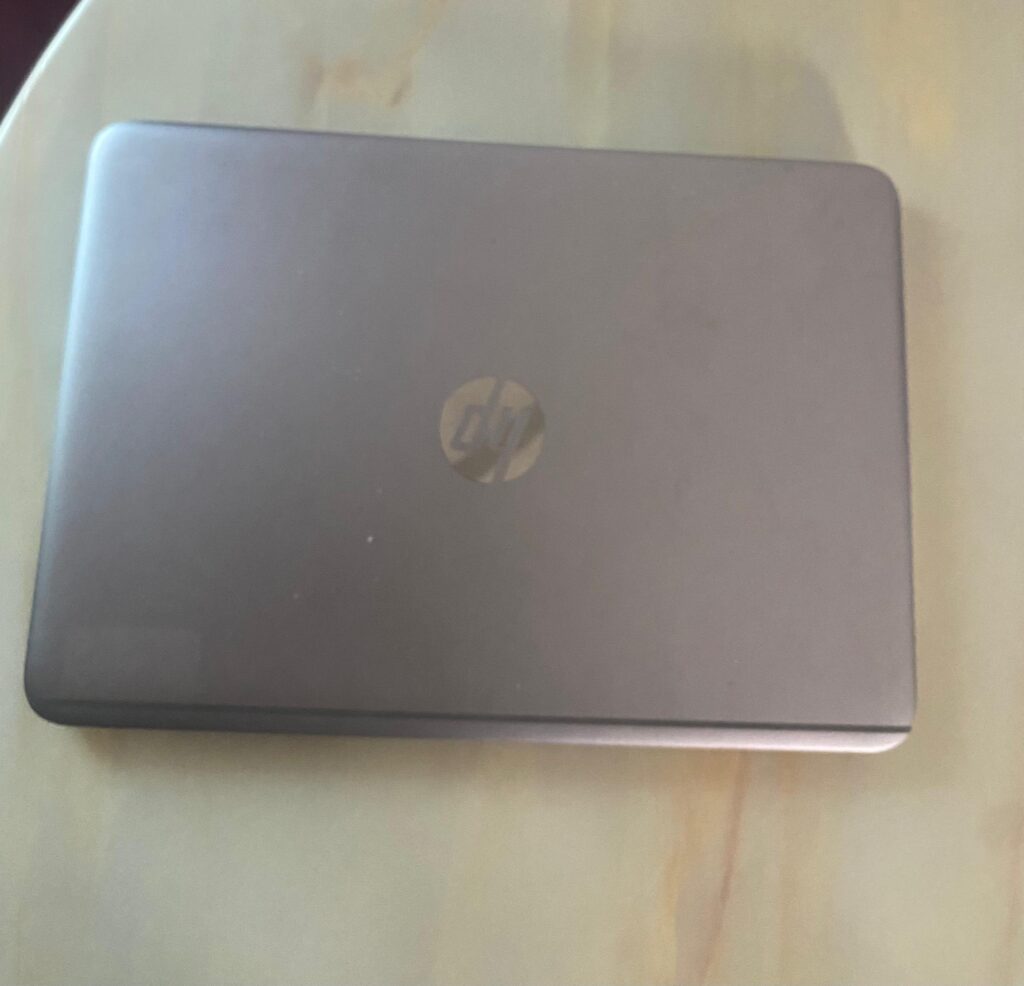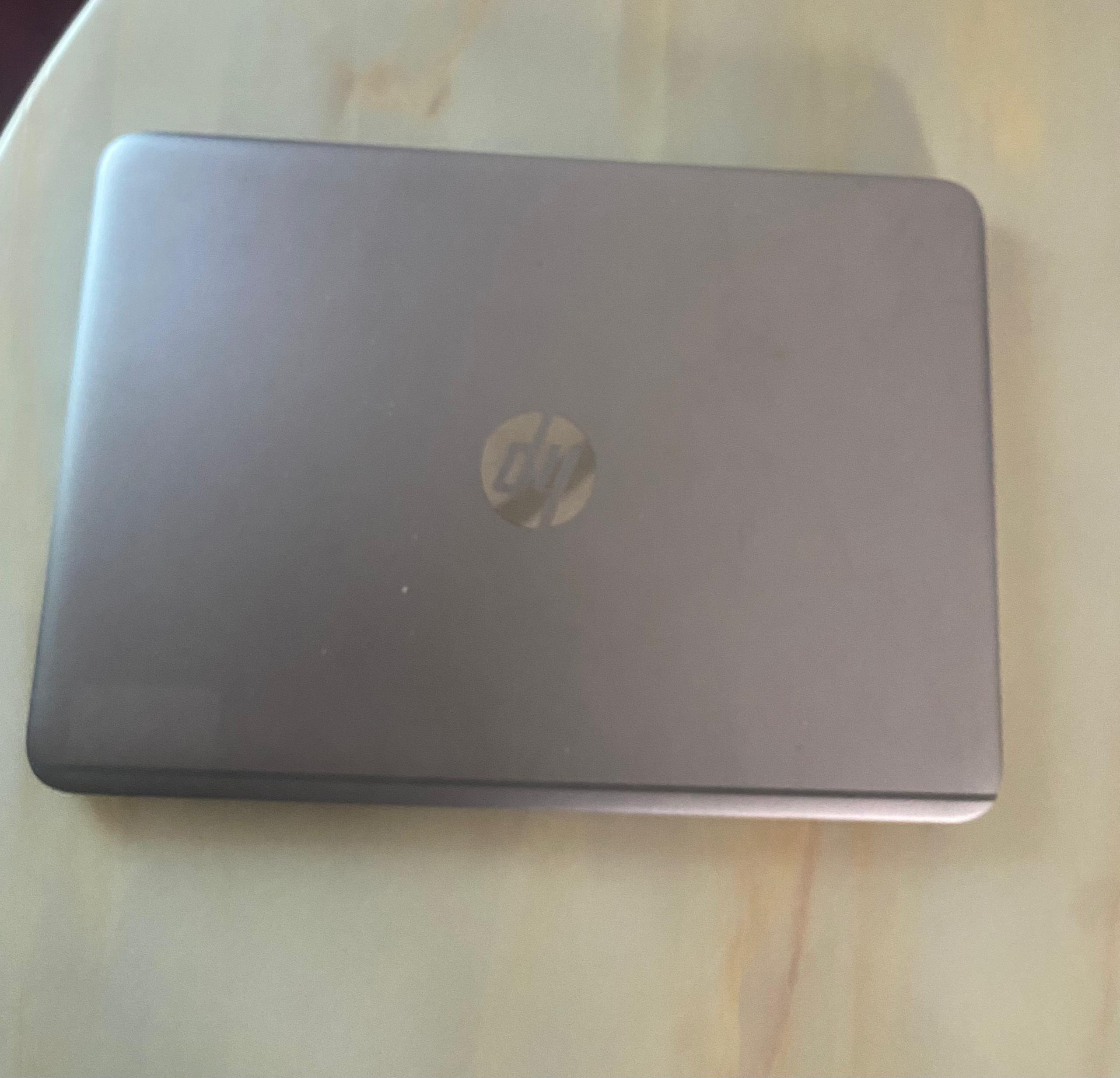
The computer as we know is a group of pieces of hardware put together to get a job done faster. To accomplish it’s various tasks, the computer is made of different parts, each serving a particular purpose in conjunction with other parts. You don’t necessarily need to know how this parts operate, at least not at this time, but you should be aware of their co-dependence to take advantage of their various characteristics. The “computer” is an ensemble of different machines that you will be using to get your job done. A computer is primary made of the central processing unit (usually referred to as the computer), the monitor, the keyboard, and the mouse. Other pieces of hardware, commonly referred to as peripherals, can a house or improve your experience with the computer. To use the computer, you must first turn it on. To do this, the first thing you should find is the power switch that is used to put the unit on. Nowadays, it is usually located in front of the computer. Pushing it would start the computer.
The computer works by receiving and giving instructions (in future lessons, we will learn that an instruction or a group of instructions is actually called a program). For example, when you press the power button, you receive the instruction to the electricity to “wake” up the computer. This instructions is called BIOS (it stands for basic input/output system). The BIOS instruction start checking “everybody”, asking “Are you OK?”, “Are you OK”?, “What about you?”. If a certain but that is important doesn’t respond ( for example if a certain important object such as the keyboard or mouse is not connected, which means it will not respond when the BIOS comes to a conclusion that this computer is not what using, it will delay an error or may not let you do anything significant. If the BIOS “thinks” that everything is alright and that the computer can be used, then it gets the hardware part ready.
Depending on the computer you are using, when it comes up, it may directly display the desktop or it may ask you to login. Because there are so many scenarios, we cannot review all of them. If you are using Microsoft Windows 95, 98, Millennium, or XP, the desktop may display once the computer is ready. Some installations of Windows 98 May 1st display a logon window to you, you can just click OK are you will be fine. Again, there are too many scenarios; we cannot review all of them.
Practical Learning: starting a computer
- To turn the computer on, find its power button and press it.
- when the computer starts, if a dialog asks you to logon appears, press (Esc) on the keyboard. Look at the computer’s monitor.
The central processing unit (CPU)
The most important parts, call the central processing unit or CPU, is a box that includes many pieces that are not particularly relevant to us at this time. This pieces, inside of the box, perform the jobs of the computer. One of the assignments of this unit is to join all the other pieces connected to it. Another job of this unit is to perform calculations, there’s only the same type of calculations you were performing in primary school, except that this box can handle them very (extremely) fast, so fast that there is no human being who can match that speed. Besides the calculations, this unit also perform other assignments that it receives various sources including you and the external units that are connected to the CPU.
The Monitor
The monitor is the video display you will be looking at, most of the time, to evaluate your work, finds out whether the assignments are being carried out satisfactorily. A monitor is largely controlled by some pieces of hardware inside of the computer. But the monitor itself is mainly used to display your work in a geographical setting you can easily interpret. To display what is going on with the computer, the monitor is connected to the computer using a cable. The connection usually done from the back of both machines.
this connection is only a convention of a convenience, not a rule. Monitors come in different sizes. The (most important) size of the computer is measured diagonally on the screen and is given in inches:
based on this, monitors range in sizes of 12″, 14″, 15″, 17″, 19″, 21″, 24″, or 29″, etc. monitors are also characterized by the flatness of their screen. The flatter and the wider screens are usually the better.
The keyboard
A computer keyboard is a wide object that is a equipped with buttons on which there are letters and numbers. To distinguish them from other objects, and to synchronize their names with other objects that use similar settings, such as the piano, the buttons on the keyboard are called keys. To provide a better management, the keys on the keyboard are divided in sections. This arrangement is by convention so the users would be familiar with them and be able to use any keyboard they come in contact with.
The mouse
A mouse is an object that is meant to fit the proportions of a hand and is positioned on the table so the user can move it easily. Like the other parts, a mouse is connected to the computer, usually to the back, by a cable. Nowadays, it is not unusual to have a wireless mouse so that it doesn’t need a cable.
The Peripherals
All the parts we have received so far are usually required for the computer to function. Some other parts, not required, can also be connected to the computer to compliment it. A peripherals is an object attached to the computer to help its perform some necessary assignments none of the other parts can handle. In most scenarios, no peripheral is required but nowadays, it is unusual for a computer not to have any peripheral at all. The most used peripherals are the printer, a digital camera, a scanner, a projector, an external drive (such as an external CD burner for an old computer or an external hard drive), etc
